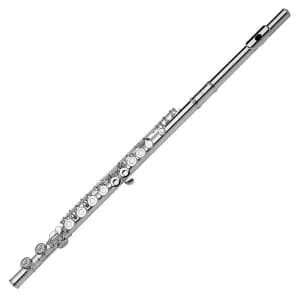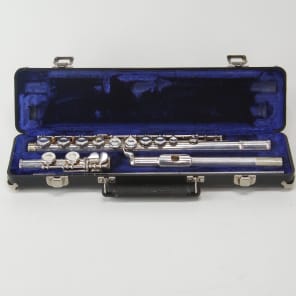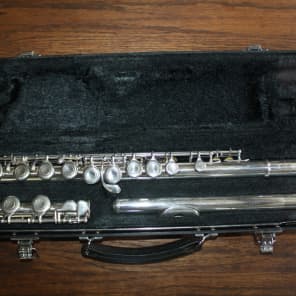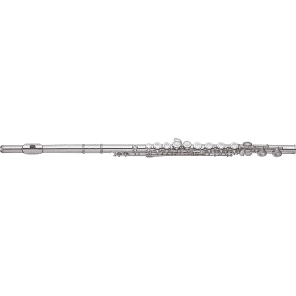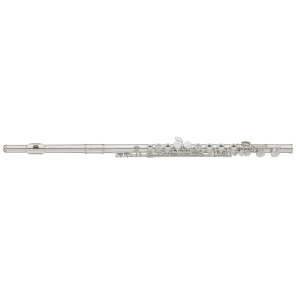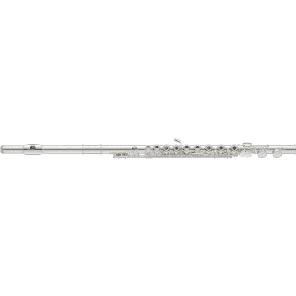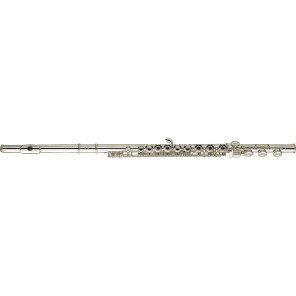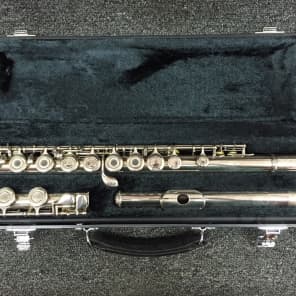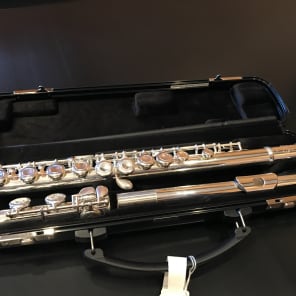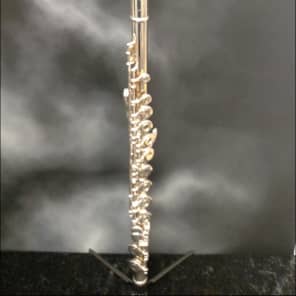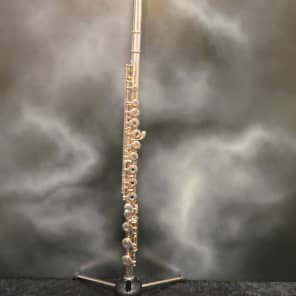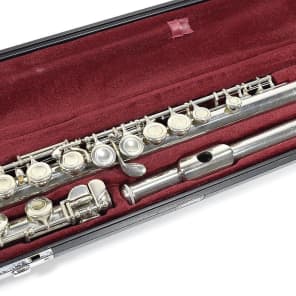If you've landed here, you're in the market for a flute. Regardless of what level you're currently playing at, whether beginner or professional, you may be looking for some more information on what to look for in a flute, as well as some of our picks for the best flutes on the market across a variety of categories and price points.
From what to think about before you buy to how to get the best deal on the right flute for you, the guide below aims to make the buying process easier and less overwhelming for players at all levels.
The Best Flutes on Reverb
Check out the most popular flutes on Reverb right now, updated daily.
What to Consider When Buying a Flute
Here are a few things to keep in mind when searching for the right flute.
Student or Step Up?
It's important to know what you're looking for before you enter the market for a flute. Is this your very first flute, or are you upgrading from a model you feel you've outgrown?
- Student flutes are for beginner players and are those used for marching band. These flutes are characterized by a C-foot joint (the lowest note), closed holes, and a plated body.
- Step-up violins are for an advancing student. They're often referred to as open-hole or French—this is anything above a student instrument. It will have, at the very least, a solid-silver headjoint and a B-footjoint. The headjoint is regarded as the most important part of the instrument’s tone, thus adding a solid-silver headjoint will typically give the instrument a deeper, richer tone.
Tone
Familiarize yourself with the tones of the brands you like. Try to experience them in person if you can, but check out videos and other comparisons to get a better idea of the tonal characteristics the brand you're looking at is known for. Below are generalizations at best, but they'll give you a starting point.
- Western makers (Powell (with Sonare), Brannen, and Haynes) will feature a bolder, richer tone. Think purple—dark and rich with lots of bottom end.
- Eastern makers (Altus, Miyazawa, Muramatsu) feature a more airy and light tone—a more flute-y tone if you will. This tone would be yellow—bright with more upper overtones.
Trust Your Ears and Know What to Listen For
“They all sound nice” will be a common response from parents when listening to their child working through instruments. So what exactly are we listening for? Ask yourself the following questions:
- If buying a step-up instrument, consider what it is about your current flute that's holding you back.
- Do you want something that will help your technical passages?
- Do you want to explore your dynamic range?
- Do you want to explore your high notes?
Quick Picks: Best Flutes Under $1,000
Beginners after their very fist flute should start here.
Most every flute you come across at under $1,000 (new) is likely safely considered a student instrument. Though you can find a flute for under $200, you should be wary of new flutes priced below this mark—they were definitely made cheaply and could have intonation problems and/or other frustrating issues that could be discouraging to a brand-new student.
However, this only applies to brand-new instruments. Buying used can be a great way to snag a deal on a higher-quality flute that will sound and feel better and could be a more comfortable place to start.
Flutes Between $1,000 and $1,500
The first step-up from a beginner flute.
Most manufacturers start their flute pricing here, pairing a solid-silver headjoint with a plated body. High-end manufacturers such as Altus and Powell introduce their subsidiary lines (Azumi and Sonare) at this price-point, pairing their more handmade head-joints with a mass-produced body. This is the bare minimum step-up instrument and is best for a junior high/middle school level player.
Flutes Between $1,500 and $2,500
Intermediate models with sold-silver bodies.
Just about every flute that exists at the first tier will be followed by a next model up, which will be a nearly identical instrument save for the introduction of a solid-silver body.
Yamaha, Azumi, Sonare, and Trevor James all feature models with this pricing structure and are often considered the best bang for your buck for any high school-level player looking to upgrade. These will often be played at the college level for a music education major, or by adult players continuing to play in community bands or church.
Flutes Between $2,500 and $5,000
Entry-level professional flute models fall into this range.
This is the entry level point for most professional models. In addition to your standard C# trill, D# roller, and Split E upgrade options, which can be found at all price points, there are additional options including types of metals, like gold or platinum, as well as a dizzying array of headjoint choices. Handmade components to the key work will produce a more nuanced and responsive flute that an experienced player will appreciate.
Music or performance majors should start looking here for their next flute.
Flutes Above $5,000
High-quality and handmade professional flutes will be in this category.
Handmade brands will feature multiple models that increase in price as customization is added. Flute bodies and headjoints will be sold a la carte at this price point, allowing for even more choices. It is best to know thyself and what it is you are looking for when shopping here.
Gold, or even Auramite (fused silver and gold), is often added for tonal reasons. The darkening quality that gold adds to a flute tone tends to be a sought after by some professional players. Others at this level may choose custom engraving or a heavier wall instrument. The sky's the limit! A solid gold, hand-made Brannen flute can easily cost as much as a mid-sized SUV.
